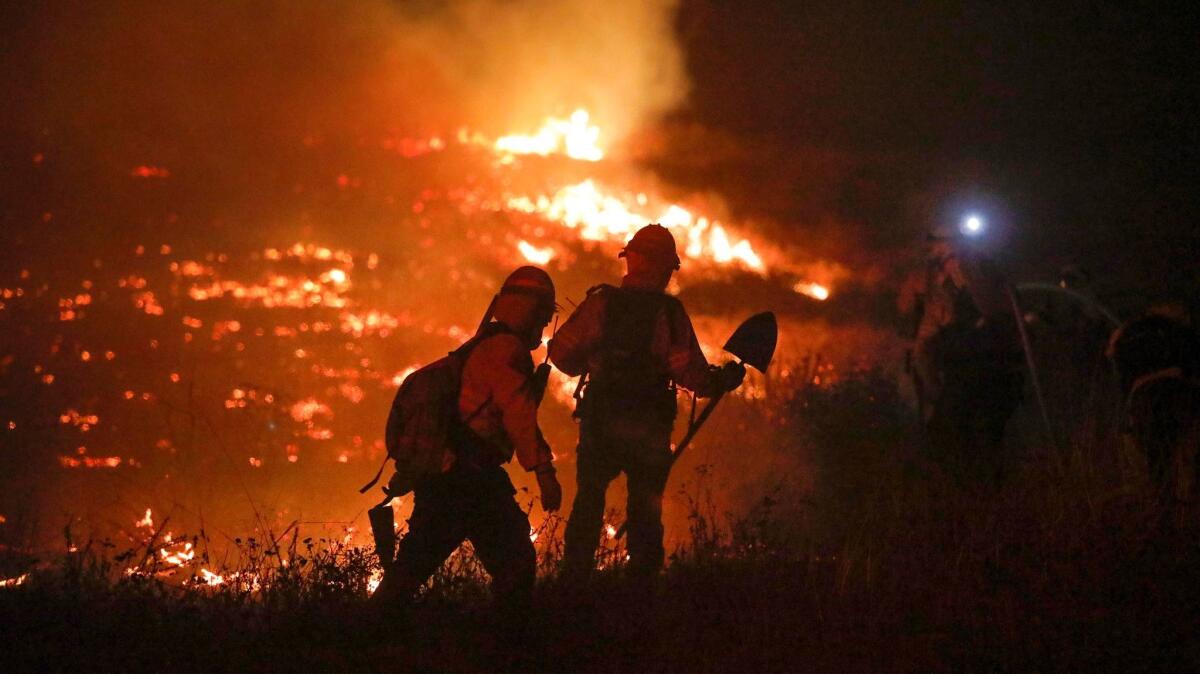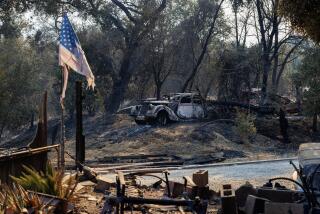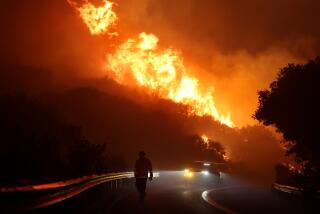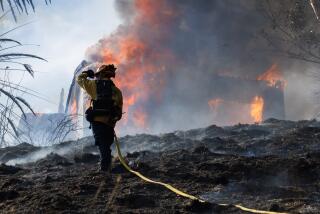California adopts stronger fire safety rules for utilities

In the wake of a series of deadly blazes that have scorched the state, the California Public Utilities Commission has passed more stringent regulations for utilities to help reduce the risk of wildfires.
In a unanimous 5-0 vote Thursday, commissioners passed new rules that include:
• Keeping trees and branches farther away from utility power lines in parts that the state consider to be at high risk of fires.
• Keeping newly installed wires farther apart from one another to help prevent them from touching and igniting a wildfire when winds are high.
• More extensive inspections of power lines, phone lines and power poles.
• Inspections of overhead power lines at least once a year in most areas.
• Giving utilities the right to cut power from property owners who refuse to allow crews to come onto their premises to trim trees in high risk, fire-prone areas.
Utilities will be required to make the improvements in areas with the highest risk within six months, provided there is no immediate fire danger. In areas determined to have elevated risks, the companies will have 12 months to complete the jobs.
Some commissioners acknowledged that the new rules would likely lead to higher costs for ratepayers but said, given the rise in the number and severity of wildfires in the last few years, stricter regulations were needed.
“The recent fires in Northern and Southern California do dramatically underscore that year-round fire is going to be the new normal in California and we have to adjust to that,” commissioner Cliff Rechtschaffen said.
Frank Wolak, professor of economics and an energy expert at Stanford University, called the new regulations “a positive step.”
The CPUC is saying, Wolak said, “OK, we think these fires are certainly occurrng more frequently so we need a higher level of standard to either prevent them or make their impact less severe.”
“Now the question is, how far do we go … and this is the age-old problem in public utilities regulation. It’s always a question of what is the cost to provide this service.”
Nikolewski writes for the San Diego Union-Tribune.
More to Read
Sign up for Essential California
The most important California stories and recommendations in your inbox every morning.
You may occasionally receive promotional content from the Los Angeles Times.










